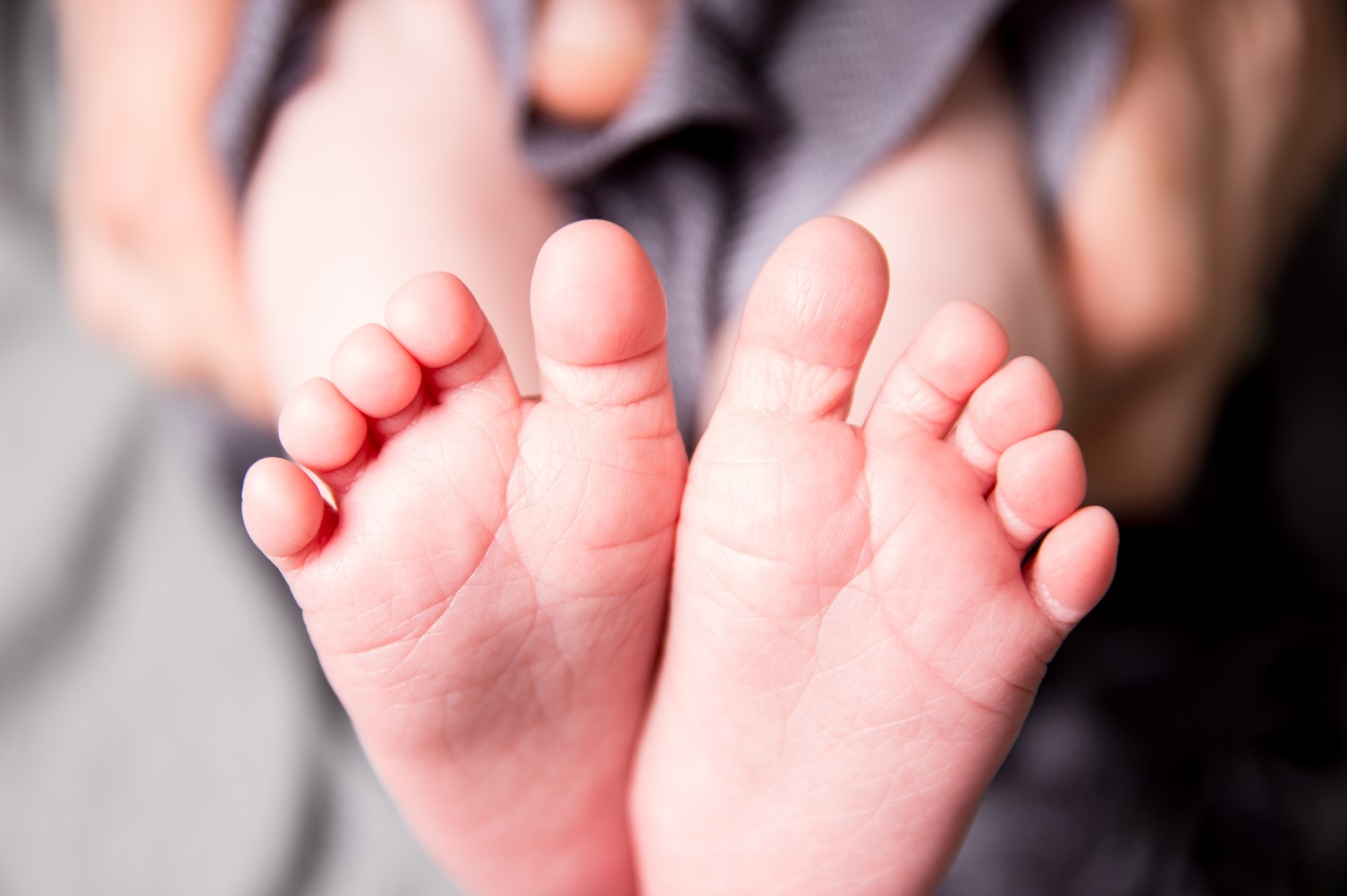
We cannot tell enough people how fantastic their feet are! We were the first business to take children’s feet seriously in 1943 when we ran the first ever nationwide survey into children’s feet. We discovered how much difference there is between the shape of children’s feet compared to adult feet. It led us to develop a collection of styles with multi-width fittings and whole and half sizes, using child-shaped age-specific lasts. This innovation and commitment has enabled us to become leading children’s fitted footwear experts.
As part of a series of blogs about fantastic feet and their anatomy, here we look at what the different parts of the foot are called. So let’s get started!
The foot is divided into three sections. First is the forefoot which is the toes. These include five metatarsal bones and fourteen phalange bones, making up a complex system of bones and soft tissue. Next is the midfoot, where we have seven irregularly shaped tarsal bones including, the cuboid, navicular and cuneiforms bones. These connect to the hindfoot, which forms the rear of the foot including the talus and calcaneus – otherwise known as the ankle and heel.
Each section includes a selection of bones and joints supported by an intricate maze of ligaments and tendons. Interwoven, each element plays an important part in keeping us upright, balanced and mobile. The top part of the foot is called the dorsum - or dorsal region and the underside is called the sole, or the plantar region. The bony part on the top part of your foot is also referred to as your instep. It runs from the back of your toes to the front of the ankle.
The ball of the foot is located underneath your foot, between the end of your toes and your arch. It is well padded with a protective layer of fat to protect the important metatarsal joints from shock as we take a step, run or jump. It’s a human shock absorber and has a very important role. When we walk our feet bear the equivalent weight of hundreds of thousands of pounds – some people equate it to the weight of two African elephants! If you wear heels you are centralising that force into the ball of your foot, which is why heels can be more painful if worn for a long period of time. This can also lead to lots of problems, so if you are going to wear heels, try to limit how long you wear them to give your feet a break. In between, opt for flatter shoes which help to protect your feet by distributing that force over a greater surface area.
The sole of the foot is the whole bottom of the foot that makes contact with the ground. It has lots of padding to protect the bones within, and it spreads the force of the weight of the body. In medical terms it’s also known as the plantar aspect. The sole of the foot has many sweat glands, no hair and is quite often ticklish as it is more sensitive than the top of the foot.
The heel, or calcaneus bone is the largest bone in our foot and it is the underside of the foot nearest to your ankle. The padding around the heel acts as a fantastic shock absorber, not just for the bones in your foot but for the bones higher up your body too.
We hope this guide will help you in future to have an informed conversation with a podiatrist or chiropodist, around feet and foot health. If we have inspired you to purchase correctly fitted, protective footwear for your little one starting out on their first steps, please check out our range of gorgeous First Shoes.
Author: Vista, published 26-07-2023.